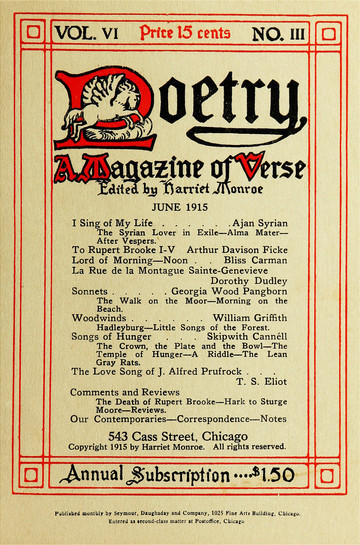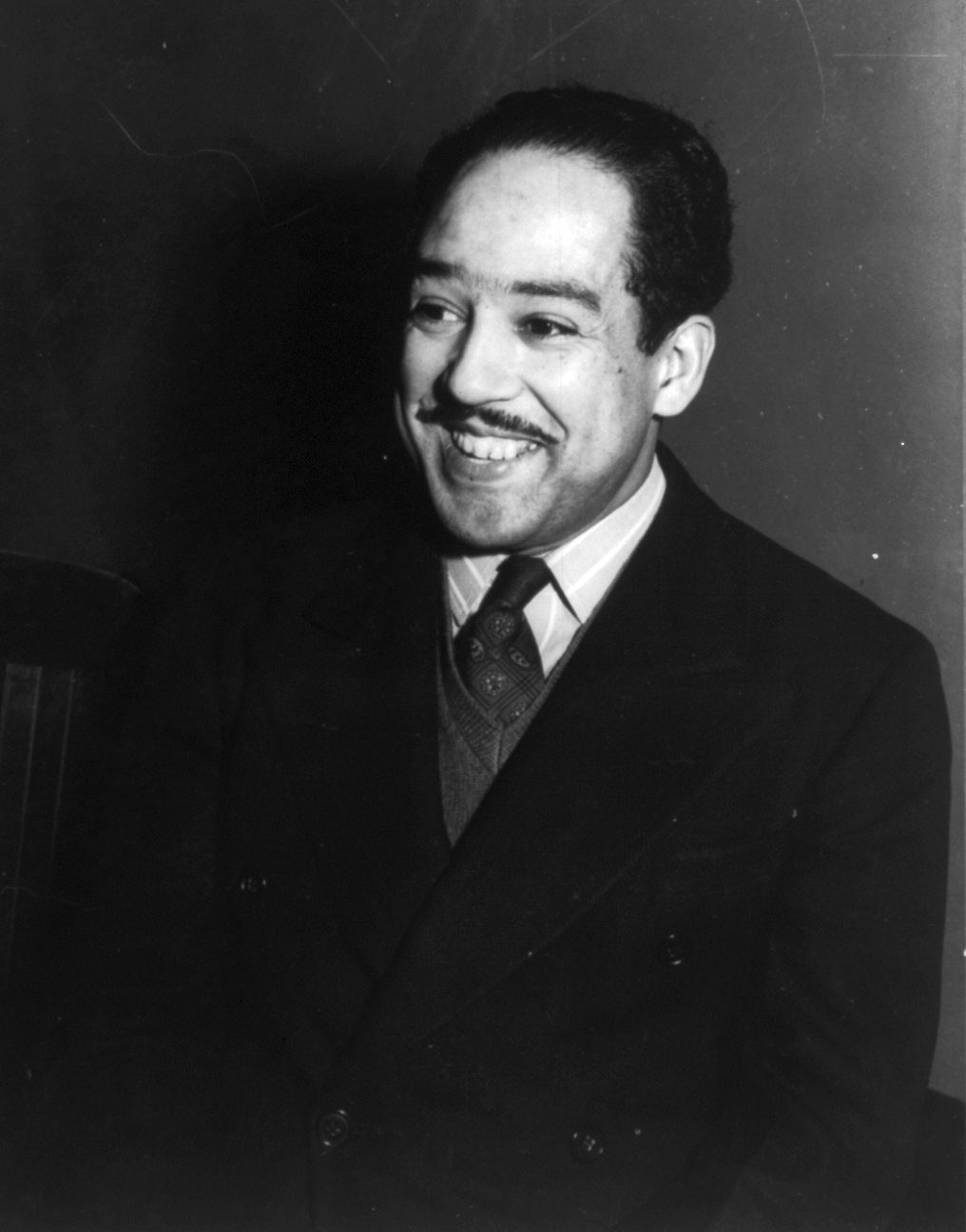Are you looking for the top free verse examples? Take a look at a few of the top free verse poems below.
The poetic form is something truly magical, and you probably explored a lot of examples during English class. There is a common misconception that every type of poem has to have a rhyme scheme; however, this is not the case. Even though Shakespeare used iambic pentameter as a part of his formal verse, not all poetry has to follow a defined rhyme scheme.
What is a Free Verse Poem?
A free verse poem, also known as vers libre in French, is a poem that does not have a regular rhyme scheme, line length, or set meter. A free verse poet may choose to break their poem up into stanzas, write single lines, create long blocks of text, or combine these options.
The poet has total control over their creative expression and isn’t forced to choose words or phrases that don’t meet their needs to fit into a specific rhyme scheme or metrical pattern. This type of poetry defined writing in the 19th and 20th centuries.
Examples of Free Verse Poems
Some of the top free verse poets include Walt Whitman, Ezra Pound, and T. S. Eliot. In the list below, we’ll look at some famous examples of free verse poems to help you see the many poetic forms that free verse poetry can take.
Contents
- What is a Free Verse Poem?
- Examples of Free Verse Poems
- 1. The Red Wheelbarrow by William Carlos Williams, 1923
- 2. Howl by Allen Ginsberg, 1956
- 3. I Carry Your Heart With Me by E. E. Cummings, 1952
- 4. The Love Song of J. Alfred Prufrock by T. S. Eliot, 1915
- 5. Daddy by Sylvia Plath, 1965
- 6. Song of Myself by Walt Whitman, 1855
- 7. Those Winter Sundays by Robert Hayden, 1962
- 8. This Is Just To Say by William Carlos Williams, 1934
- 9. Autumn by T. E. Hulme, 1908
- 10. The Hollow Men by T. S. Eliot, 1925
- 11. The Negro Speaks of Rivers by Langston Hughes, 1921
- 12. The Dying Lover by Gustave Kahn
- 13. Hope is The Thing With Feather by Emily Dickinson
- FAQs About Free Verse Examples
- Poetry Resources
- Author

1. The Red Wheelbarrow by William Carlos Williams, 1923
The Red Wheelbarrow by Wiliam Carlos Williams, published in 1923, is arguably the best example of free verse poetry from the modern era. Initially, the poem did not have a title, but it was later given the name above. The poem was inspired by a friend of Williams, named Marshall, who was African-American.
In the poem, Williams describes the red wheelbarrow surrounded by white chickens. The type of attention to detail was common among poets of the 20th century, with poets using this style referred to as an imagist. While the poem is very short, it heightens the importance of each word and line. As a result, The Red Wheelbarrow remains among one of the most popular poems studied to this day.
2. Howl by Allen Ginsberg, 1956
Howl, by Allen Ginsberg, was published in 1956. The poem has several sections that come together to create a beautiful, moving picture. The poem talks about the best minds being suppressed by materialism. Then, the poet defines these best minds as artists, musicians, and even psychiatric patients. Finally, the poem also discusses the culprits for this destruction: war, mainstream culture, and capitalism.
This poem is widely regarded as one of the top works of American literature. Furthermore, it is one of the top poems of the 20th century. For these reasons, this poem remains one of the standard-bearers for free verse poetry, and has served as an inspiration to countless other authors. You can also check out these syllogism examples.
3. I Carry Your Heart With Me by E. E. Cummings, 1952
I Carry Your Heart With Me is one of the most popular poems published by E. E. Cummings. Cummings is widely regarded as one of the greatest poets ever. His works are known for their unusual, creative, and impactful freezing. Even though this poem is similar to a sonnet, it features a lot of twists that make it a free verse poem.
In this work, the poet talks about love’s role in his life. His vivid descriptions make it easy for people to relate to this work. It frequently makes appearances at important events, and it has become one of the most popular love poems of all time.
4. The Love Song of J. Alfred Prufrock by T. S. Eliot, 1915

T. S. Eliot is one of the most popular poets of all time, and one of his most popular works is The Love Song of J. Alfred Prufrock. The work is commonly shortened to Prufock, and it is the first poem that Eliot published as a professional author. He wrote this poem at the tender age of 22, and the poem describes a sick man that feels lonely, incapable, and inadequate. The goal of the poem is to emphasize disillusionment, frustration, and impotence.
Throughout the poem, it is clear that the man is afraid to admit his failings, and so does not do so. Even though the poem was considered unusual at the time it was created, it is now widely regarded as one of the masterpieces of Modern English literature. This is arguably the most famous poem ever to be written in free verse.
5. Daddy by Sylvia Plath, 1965
Sylvia Plath is a well-known, prolific poet who published Daddy in 1965. This is one of the last works of Sylvia Plath, and it was authored shortly before she committed suicide. It is commonly included in her collection of poems called Ariel, and the poem’s narrator has an unusual Electra complex, which often draws comparisons to the Oedipus issues that boys sometimes have.
Throughout the poem, the narrator struggles to overcome her complicated emotions for her father, who recently passed away. The dark, vivid imagery is used to describe the Holocaust, and the father in the poem was a Nazi. Even though the poem does discuss the Holocaust, it is widely considered to be a criticism of the patriarchy.
6. Song of Myself by Walt Whitman, 1855
Walt Whitman is one of the most popular poets of all time, and Song of Myself, published in 1855, is one of his most iconic works. Walt Whitman is widely regarded as one of the main fathers of free verse poetry. He serves as the narrator, but the “I” in the poem is not necessarily limited to Whitman himself.
When analyzing this poem, we can see the poet discusses everything about self-identity, the universe, and even those who have passed away. This becomes evident at the end of the poem when the narrator states that he will return his body to nature so that it can continue on its glorious journey. This is arguably the most famous poem that Walt Whitman ever published.
7. Those Winter Sundays by Robert Hayden, 1962
Those Winter Sundays is another great example of free verse poetry, published by Robert Hayden in 1962. Even though the poem is 14 lines long, it does not follow the other requirements of sonnets. Therefore, it is considered a free verse poem. In this poem, the narrator discusses how his father used to get up early on Sunday mornings even though he worked hard all week.
Then, the father only woke up the song when the house was warm. The speaker in the poem is clearly upset that he never thanked his father for everything that he did for him. The main themes of this poem include regret, love, and the relationship with one’s father. The poem remains one of the most popular works of American literature from the 20th century.
8. This Is Just To Say by William Carlos Williams, 1934
This Is Just To Say is another poem written by William Carlos Williams. Published in 1934, this poem is another prime example of imagery. The poem has sharp, clear language that vividly evokes specific pictures in the reader’s mind. During the poem, Williams clearly calls out every item in the room as he tells a story. He also targets the emotions of the reader when he asks for forgiveness.
This is another very short poem, but it also clearly demonstrates the power of short lines, words, and stories. The poem is easy to understand and quick to memorize, which makes it easier to share. The poem is just another reminder of the powerful attention to detail exhibited by William Carlos Williams.
9. Autumn by T. E. Hulme, 1908
T. E. Hulme is a prolific poet who published Autumn in 1908. Even though the poem has a lot of elements of the vers libre movement from France, the poem is a relatively short work that compares the face of the farmer to a ruddy moon. Furthermore, Hulme uses a lot of elements that are common among French symbolic poets. One could also argue that this poem is imagist in its nature.
Even though it is short, the poem is incredibly descriptive. It paints a vivid picture in the mind of the readers and remains one of the greatest works of the 20th century.
10. The Hollow Men by T. S. Eliot, 1925
The Hollow Men is another popular poem published by T. S. Eliot in 1925. In this column, the narrators are caught between death and dying, creating feelings of spiritual emptiness. The poem is widely regarded to be about the devastation that took place during the first world war in Europe, leaving much of the continent in ruins.
In addition, the poem contains one of the most famous lines in all of literature and is often found in the best poetry books. Or as Eliot states, “The way the world ends is not with a bang but a whimper.” This is arguably the most frequently quoted poem from the 1900s.
11. The Negro Speaks of Rivers by Langston Hughes, 1921

Langston Hughes is an inspirational poet, and he published The Negro Speaks of Rivers in 1921. An African American poet, Hughes was one of the pop figures to emerge from the Harlem Renaissance. This poem was published when he was only 17 years old.
He got the idea to write the poem while traveling down the Mississippi River to Mexico. He started to think about life for African Americans in Mississippi at the time. That led him to craft this beautiful work of art in as little as 15 minutes. The poem describes discrimination’s impact on the African American race.
12. The Dying Lover by Gustave Kahn
Gustave Kahn wrote The Dying Lover, which is another great example of free verse poetry. This free verse poem example represents the symbolism movement that emerged as a part of the French vers libre.
In the short poem, Khan still avoids any obvious rhyming scheme and stays away from a set metre. Instead, he lets the poem flow from line to line, clearly discussing the main themes of love, life, and death. Even though the impacts of earlier free verse works can be seen among its syllables, it is obvious that Kahn has taken a different approach to his work. Kahn is among one of the most influential French poets of all time.
13. Hope is The Thing With Feather by Emily Dickinson
In this free verse poem, Dickinson writes about the nature of hope and its persistence. She compares hope to a bird with feathers, which visits and asks for sustenance as a simple request. The poet reflects on the resilience and tenacity of hope, even in the face of disappointment and adversity.
“Hope” is the thing with feathers –That perches in the soul –And sings the tune without the words –And never stops – at all –
FAQs About Free Verse Examples
Why Do People Enjoy Free Verse Poetry?
Even though there are numerous literary devices and metrical patterns that can enhance poetry, free verse follows natural speech patterns. It gives the author much more creative freedom to truly explore his or her idea. Even though you might enjoy reading a haiku or two, you can also fall in love with free verse poetry in the English language. You might even want to try writing a poem or two yourself to get more used to this form of poetry!
What makes free verse poetry different from other types of poetry?
Many other types of poetry have rules that the poet has to follow. They may need to follow a set meter, or they may need to have a certain number of words or syllables on every line. Instead, free verse poetry doesn’t have any restrictions regarding what you can do with a blank verse, giving the poet much more freedom with which to work.
Who are some of the top free verse poems of all time?
If you are interested in exploring some of the most popular free verse poets, consider reading works by T. E. Hulme, Wallace Stevens, or Matthew Arnold. You might also want to explore works by Robert Frost, William Carlos Williams, and Allen Ginsberg. This is an expansive genre with plenty of options available.
If I want to start writing free verse poetry, what should I do?
You may want to take a look at some popular poems such as Leaves of Grass by Walt Whitman. Then, the best way to get better at writing poetry is to practice. Consider writing a few verses yourself, and see what people have to say.
Poetry Resources
10 Sonnet Examples From Ancient Italy To Today
Top 10 Haiku Examples To Ponder
10 Ballad Examples Everyone Should Learn
Top 10 Limerick Examples To Make You Laugh
Top 10 Ekphrastic Poem Examples
Villanelle Poem Examples To Study
